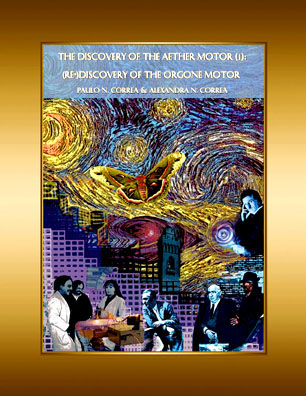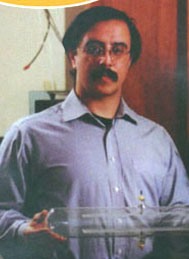This book, the first part of a two-volume publication on the Aether Motor/Converter, is dedicated to the investigation and reproduction of - and improvement upon - both the work of Nikola Tesla in his search for an Aether Motor, and Wilhelm Reich's discovery and invention of the Orgone Motor in 1947-1948. Reich's quest took its point of departure, in large measure, from where Tesla had left the quest he had initiated.
In the second volume of this series, the Correas go beyond the principles of the Orgone Motor to develop a full Aether Motor/Converter. These two books are also part of the journey of Experimental Aetherometry (constituting volumes IIIA and IIIB of the series of that title), and mark the moment of its technological culmination. They present the reader with a new technology - the power technology of massfree energy - that employs both forms of the primary Aether, electric and nonelectric: ambipolar (Tesla) energy and latent heat. A comprehensive index of both works is scheduled to accompany the release of the second volume.
In the present volume, the Correas present the main principles behind the Aether Motor/Converter. In broad terms, these concern: operation of resonant ambipolar transmitters; the decoding and identification of Reich's secret Function Y that served as key to operating the Orgone Motor; the receiver circuit required to magnify the transmission and convert latent heat into ambipolar electricity; and the plasma and plasma-less methods employed to drive drag-cup motors and Reich's Spinners - KS-8624 and KS-9154 - or to charge batteries and capacitors. Included also is the extraordinary history of these KS-series motors and their special applications.
This book marks the beginning of a new age in science and technology - the age of massfree energy. It has been long in coming - but, at last, our epoch may be able to begin to understand and utilize intelligently the work of those two pioneers who laid the foundations for massfree science and technology: Nikola Tesla and Wilhelm Reich. May these volumes stand as a tribute to both of them, to their perseverance and to the finest of perceptive intelligences.




